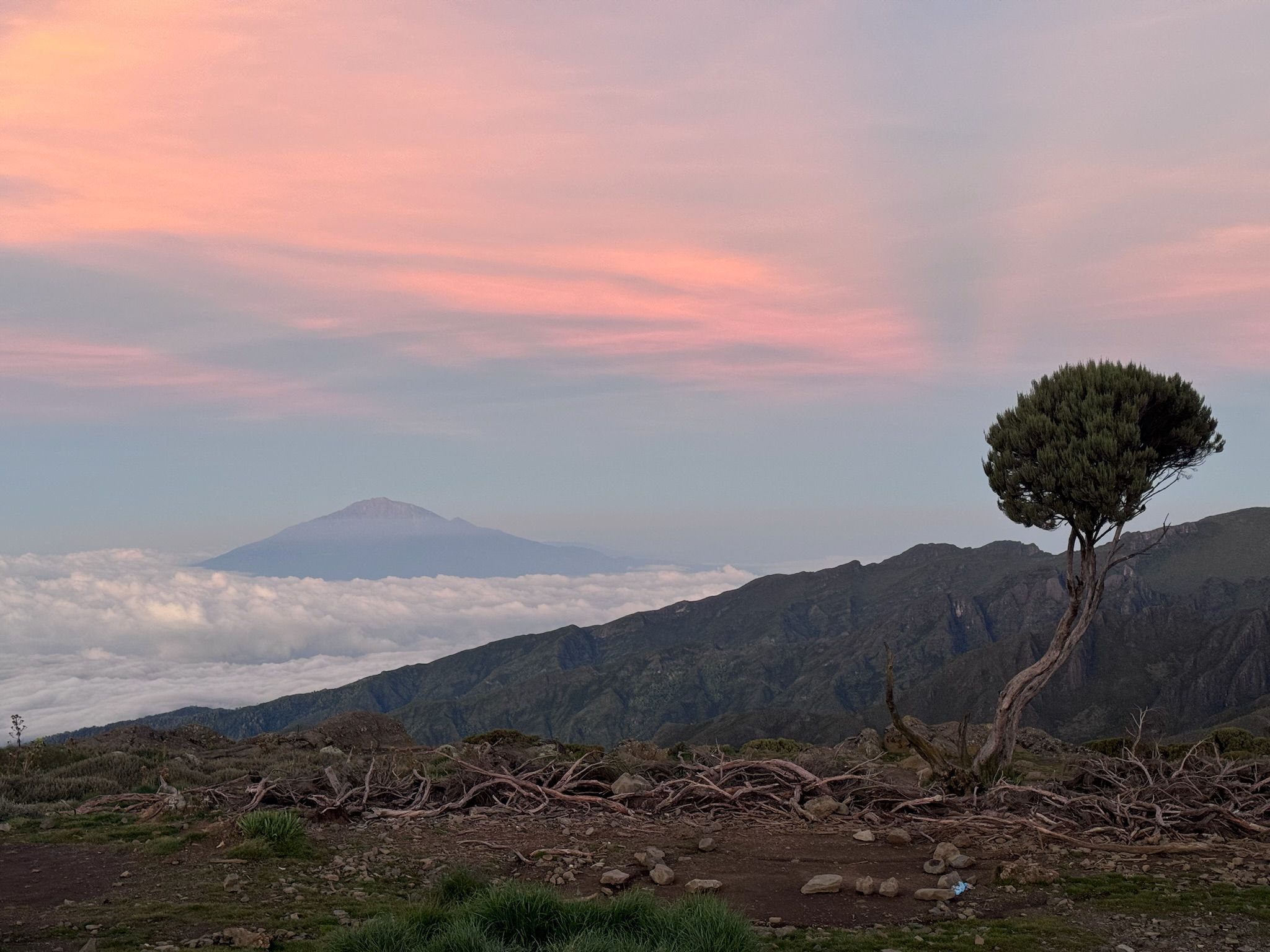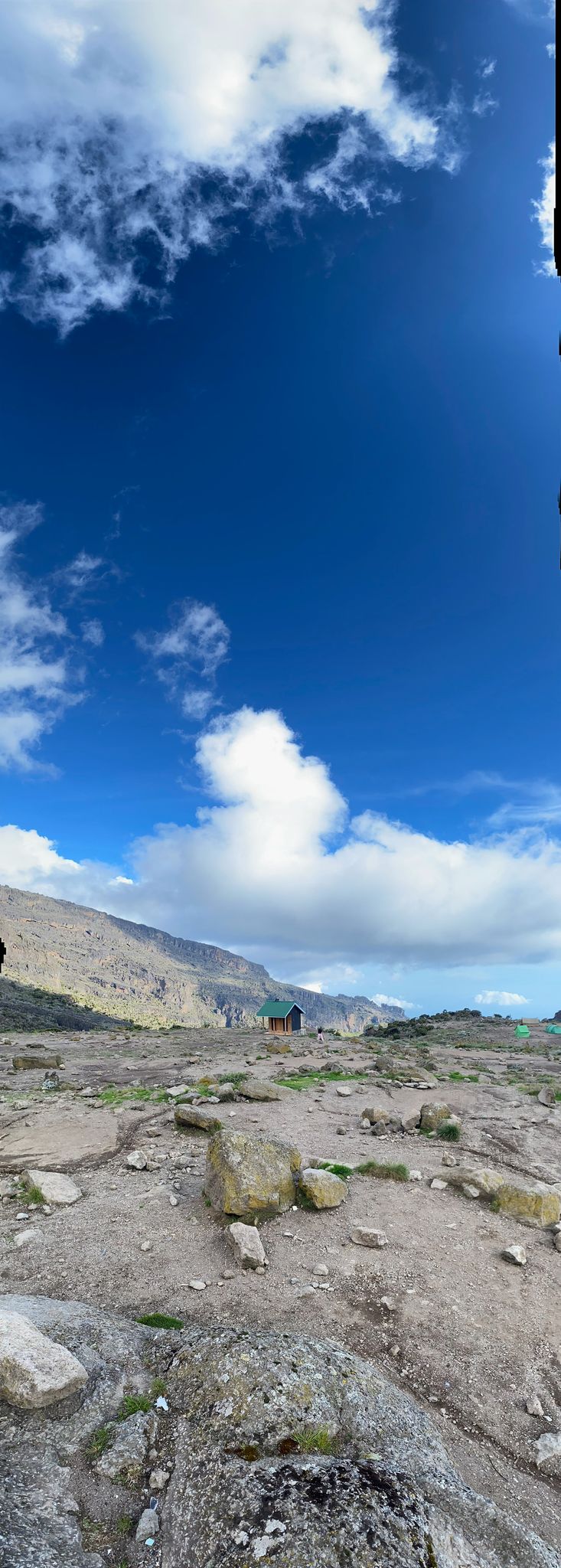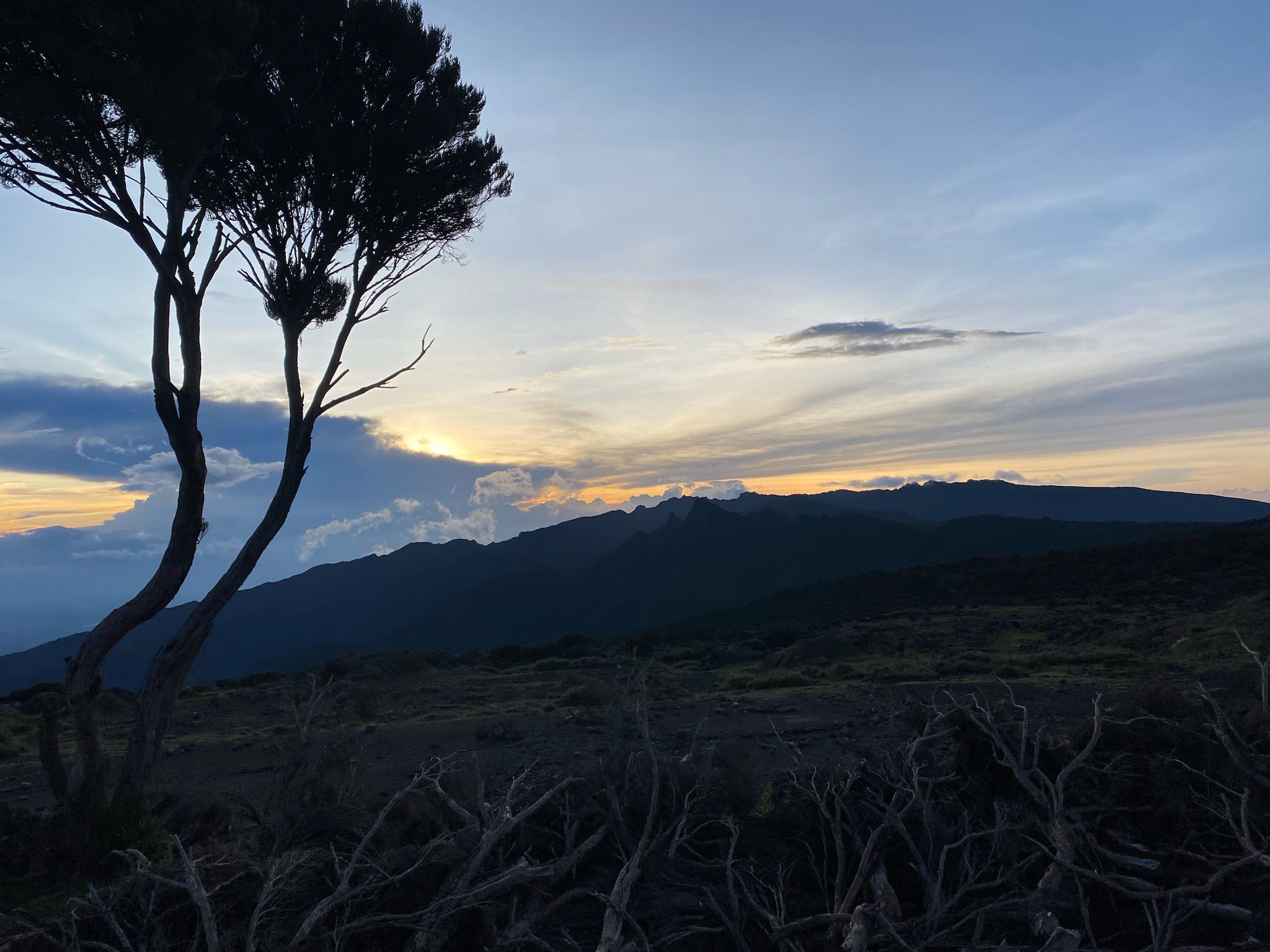Kilimanjaro National Park is one of the most iconic and breathtaking destinations in Tanzania and the world. Located in northern Tanzania, the park is centered around Mount Kilimanjaro, Africa's highest peak, standing at 5,895 meters (19,341 feet) above sea level. It's a must-visit destination for adventurers, nature lovers, and those seeking an unforgettable experience with one of the planet's most recognizable mountains. Here’s a deeper dive into what makes Kilimanjaro National Park so special: 1. Mount Kilimanjaro: The Heart of the Park Mount Kilimanjaro is the main attraction of the park, drawing trekkers, climbers, and adventurers from all over the world. It is a dormant stratovolcano with three distinct volcanic cones: Kibo, Mawenzi, and Shira. Kibo is the highest cone and is home to the Uhuru Peak, the summit of Mount Kilimanjaro. Reaching Uhuru Peak is a coveted achievement for climbers, as it offers a stunning view of the surrounding landscape, glaciers, and the African plains below. The mountain is often seen with its iconic snow-capped summit, though the glaciers are shrinking due to climate change, making it a significant landmark for environmental awareness. 2. Biodiversity and Wildlife The park spans a range of altitudes and ecosystems, each supporting different types of flora and fauna: Rainforests: The lower slopes of Kilimanjaro are covered by lush rainforests, home to a variety of animals, including blue monkeys, Colobus monkeys, baboons, and elephants. The forests are also rich in birdlife, with species like the white-cheeked turaco and kestrels. Moorland and Alpine Zones: As you ascend, the vegetation transitions to moorland and alpine meadows. This high-altitude area is home to plants such as the giant groundsel and lobelia, which thrive in the cooler, drier conditions. Savannah: In the lower altitudes, the park's boundaries extend into areas of savannah, where wildlife such as buffaloes, giraffes, and antelopes can be seen, although they are less common higher up on the mountain. While Mount Kilimanjaro is more famous for its trekking routes, the park still offers incredible wildlife sightings at lower elevations. However, wildlife tends to be more common around the base and lower slopes, as the higher elevations become more inhospitable. 3. Climbing and Trekking Routes Kilimanjaro National Park is known worldwide for offering one of the most accessible, non-technical mountain climbs. There are several trekking routes to the summit, each offering unique experiences: Marangu Route (the "Coca-Cola" route): The most popular route, known for its hut accommodations along the way. Machame Route: A longer, more scenic route with spectacular views and diverse landscapes. Lemosho Route: A quieter, scenic option that also allows for a longer acclimatization period. Rongai Route: The only route that approaches the summit from the north, providing a more remote experience. Umbwe Route: A more challenging, direct route that requires a high level of fitness and is for experienced climbers. Trekking Experience: Climbing Mount Kilimanjaro is a multi-day trek that takes you through different climate zones, starting from the tropical rainforests at the base, through heath and moorland, and finally reaching the glaciers at the summit. Climbers generally experience the beauty of changing ecosystems, flora, and fauna as they ascend. 4. Climate and Weather The climate in Kilimanjaro National Park varies dramatically with altitude. The lower slopes are typically warm and humid, while the higher altitudes can be cold, even freezing at night, especially near the summit. Climbers should be prepared for both extreme heat and cold. The rainy seasons in Kilimanjaro are from March to May and November to December, with dry conditions from June to October and January to February being the best months for trekking. 5. Cultural Significance Mount Kilimanjaro holds great significance to the local Chagga people, who have lived on its slopes for centuries. The Chagga are known for their terraced farming methods, which they have perfected in the fertile volcanic soil. The Chagga people traditionally lived on the lower slopes of Kilimanjaro, and some communities still offer cultural experiences for trekkers, providing insights into their lifestyle, farming practices, and the history of Mount Kilimanjaro. 6. Conservation and Environmental Importance Kilimanjaro National Park is a UNESCO World Heritage Site, primarily due to its biodiversity, geological importance, and cultural significance. The park plays a critical role in the conservation of mountain ecosystems and water resources for surrounding regions. However, the mountain faces environmental challenges, such as glacier retreat, deforestation, and the effects of climate change. The glaciers at the summit, which have been a defining feature of Mount Kilimanjaro, are rapidly shrinking, and there are concerns over the long-term sustainability of the unique ecosystems on the mountain. 7. Tourism and Activities Trekking and Climbing: Kilimanjaro’s status as one of the Seven Summits (the tallest mountains on each continent) makes it a dream destination for trekkers and mountaineers from around the world. However, the climb is not technical, meaning that with proper preparation and acclimatization, most people in good physical condition can summit the mountain. Wildlife Viewing: For those interested in safari activities, wildlife viewing can be done in the lower slopes of the park, where game drives and nature walks offer chances to spot animals in their natural habitats. Cultural Tours: Visiting local villages on the slopes of Kilimanjaro provides cultural insight into the life and history of the Chagga people, offering a rich and immersive experience for travelers. 8. Accommodation and Facilities The park headquarters are located near Moshi, a town that serves as the main gateway to Mount Kilimanjaro. There are various lodges, camps, and hotels around the town of Moshi and closer to the park where trekkers can stay before and after their climb. On the mountain itself, trekkers typically stay in mountain huts or tented camps depending on the route chosen. Why Visit Kilimanjaro National Park? World-Class Trekking: If you're looking for a once-in-a-lifetime climbing experience, Kilimanjaro offers the opportunity to summit the tallest mountain in Africa without needing advanced mountaineering skills. Stunning Landscapes: The park provides incredible panoramic views, diverse ecosystems, and striking scenery that ranges from tropical rainforests to snow-capped peaks. Wildlife and Nature: Though primarily known for trekking, Kilimanjaro also has fascinating wildlife and is a UNESCO World Heritage site with impressive flora and fauna. Cultural Experience: Visiting the communities around the mountain offers a unique chance to experience the heritage and traditions of the Chagga people. Environmental Significance: Kilimanjaro is an important site for environmental awareness, particularly around climate change and its impact on glaciers and ecosystems. In summary, Kilimanjaro National Park is a place of unmatched natural beauty, adventure, and cultural significance. Whether you're a climber attempting to reach the summit of Africa’s highest peak, a nature lover enjoying the diverse landscapes, or a cultural traveler seeking to connect with the local people, Kilimanjaro offers an unforgettable experience.




























